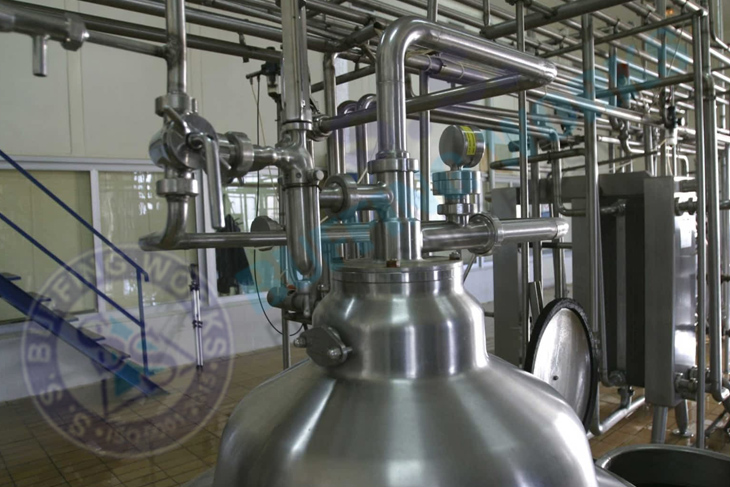Pickling and Passivation of Stainless steel can corrode in service if there is contamination of the surface. Both pickling and passivation are chemical treatments applied to the surface of stainless steel to remove contaminants and assist the formation of a continuous chromium-oxide, passive film. Pickling and passivation are both acid treatments and neither will remove grease or oil. If the fabrication is dirty, it may be necessary to use a detergent or alkaline clean before pickling or passivation.
“The pickling process is used to remove a thin layer of metal off of the stainless steel part. This is different from the descaling process, which removes visibly thick oxide scale from the stainless steel part. Our pickling solutions for stainless steel are mixtures of nitric acid and hydrofluoric acid.”
Pickling and Passivation of Stainless steel owes its varied application to its natural corrosion resistance, or passivity. Passivity is bestowed on the material by the formation of an extremely thin and complex surface oxide layer.The layer itself is vulnerable to damage from manipulation of the material during processing, fabrication and even transport. The result is a loss of passivity at damaged areas, with a reduction in corrosion resistance as a consequence.
